Home>Gardening & Outdoor>Landscaping Ideas>How Tall Does Pampas Grass Grow
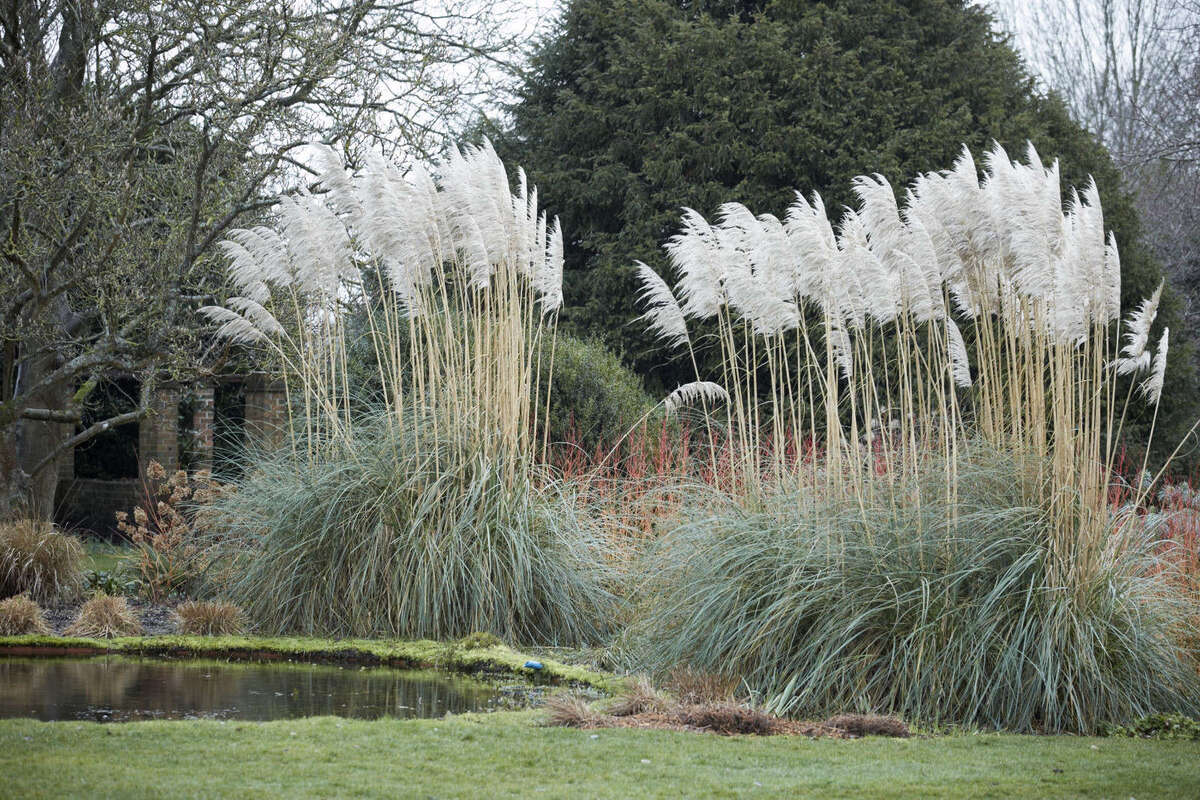

Landscaping Ideas
How Tall Does Pampas Grass Grow
Modified: August 27, 2024
Discover landscaping ideas with pampas grass and learn how tall it grows. Find inspiration for your garden and create a stunning outdoor space.
(Many of the links in this article redirect to a specific reviewed product. Your purchase of these products through affiliate links helps to generate commission for Storables.com, at no extra cost. Learn more)
Introduction
Pampas grass, with its tall, feathery plumes, has become a popular choice for landscaping enthusiasts looking to add a touch of elegance and drama to their outdoor spaces. As a native plant of South America, pampas grass has made its way into gardens and landscapes across the globe, captivating onlookers with its impressive height and striking appearance.
In this article, we will delve into the intriguing world of pampas grass, exploring the factors that influence its height, the optimal conditions for its growth, and how to manage its towering stature. Whether you're a seasoned gardener or a novice enthusiast, understanding the nuances of pampas grass can empower you to make informed decisions when incorporating this majestic plant into your landscape design.
Join us as we embark on a journey to uncover the secrets of pampas grass and discover how it can elevate the aesthetic appeal of your outdoor environment.
Key Takeaways:
- Pampas grass can grow up to 10 feet tall, adding elegance and movement to landscapes. Factors like species, environment, and pruning affect its height, making it essential to understand and manage its growth.
- To help pampas grass thrive, provide ample sunlight, well-drained soil, and strategic spacing. Managing its height through pruning, containment, and selective removal ensures it enhances outdoor spaces without overshadowing other elements.
Read more: How Tall Does Wheat Grass Grow
Understanding Pampas Grass
Pampas grass, scientifically known as Cortaderia selloana, is a perennial grass renowned for its impressive height and ornamental beauty. Native to the vast grasslands of South America, particularly the Pampas region, this plant has garnered widespread admiration for its feathery plumes and graceful demeanor. Its botanical name, Cortaderia, is derived from the Spanish word “cortadera,” which translates to “cutter,” alluding to the sharp edges of its leaves.
One of the most striking features of pampas grass is its towering height, which can reach up to 10 feet or more in ideal growing conditions. The plant’s long, slender leaves form dense tussocks, and during the late summer and early autumn, it produces tall, silvery-white plumes that sway gracefully in the breeze, adding a sense of movement and ethereal beauty to any landscape.
Beyond its aesthetic appeal, pampas grass serves ecological functions, providing habitats for small animals and insects while contributing to soil stabilization in its native habitats. Its adaptability and resilience have enabled it to thrive in various climates, from coastal regions to inland areas, making it a versatile choice for landscaping projects.
As a landscaping feature, pampas grass is often used to create visual interest, provide privacy screening, or add vertical accents to garden designs. Its ability to withstand harsh environmental conditions, such as drought and wind, further enhances its desirability as a low-maintenance ornamental grass.
Understanding the unique characteristics and growth patterns of pampas grass is essential for harnessing its full potential in landscaping endeavors. In the following sections, we will explore the factors that influence the height of pampas grass and the optimal conditions for nurturing its growth, empowering you to make informed decisions when incorporating this majestic grass into your outdoor spaces.
Factors Affecting Pampas Grass Height
The impressive height of pampas grass is influenced by a combination of intrinsic and extrinsic factors that contribute to its vertical stature. Understanding these determinants can shed light on the variability in pampas grass height and guide gardeners in optimizing its growth within their landscapes.
1. Species and Cultivar: Pampas grass encompasses several species and cultivars, each with distinct growth habits and potential heights. While Cortaderia selloana is one of the most commonly cultivated species, variations in height can be observed among different cultivars, with some reaching towering heights of 10 feet or more, while others remain more compact.
2. Environmental Conditions: The environmental factors, including sunlight, temperature, and soil fertility, play a pivotal role in determining the height of pampas grass. Adequate sunlight exposure is essential for robust growth, and in regions with longer growing seasons and milder climates, pampas grass may attain greater heights compared to areas with shorter growing seasons and harsher conditions.
3. Soil Quality: The nutrient composition and drainage properties of the soil can significantly impact the height of pampas grass. Well-drained, fertile soils provide an optimal foundation for vigorous growth, potentially leading to taller and more robust plants. Conversely, poor soil conditions may impede the plant’s development, resulting in reduced height and overall vigor.
4. Water Availability: Adequate water availability is crucial for sustaining the growth and vitality of pampas grass. In regions with consistent rainfall or access to irrigation, pampas grass may achieve greater heights, whereas prolonged drought conditions can limit its vertical growth potential.
5. Pruning and Maintenance: The frequency and timing of pruning can influence the height and density of pampas grass. Regular pruning, particularly in late winter or early spring, can promote vigorous regrowth and potentially lead to taller plumes during the flowering season.
By considering these factors and their interplay within the landscape, gardeners can strategically manage and optimize the height of pampas grass, harnessing its vertical exuberance to create captivating outdoor environments. In the subsequent section, we will delve into the optimal growing conditions that facilitate the flourishing of pampas grass, offering insights into how to nurture its majestic presence within the landscape.
Pampas grass can grow up to 10 feet tall, but some varieties can reach up to 13 feet. It’s important to consider its height when planting to avoid blocking views or overcrowding other plants.
Optimal Growing Conditions for Pampas Grass
To cultivate pampas grass to its full potential and encourage impressive height and lush foliage, it is essential to provide optimal growing conditions that cater to its specific requirements. By understanding and addressing these fundamental needs, gardeners can foster the robust growth and striking appearance of this majestic grass within their landscapes.
1. Sunlight: Pampas grass thrives in full sunlight, requiring a minimum of six hours of direct sunlight each day to support its vigorous growth and achieve maximum height. When selecting a planting site, prioritize locations with ample sunlight exposure to ensure the plant’s photosynthetic efficiency and overall vitality.
2. Soil Quality: Well-drained, fertile soils are conducive to the optimal growth of pampas grass. Prioritize soil with good drainage properties to prevent waterlogging, which can hinder root development and lead to stunted growth. Amending the soil with organic matter, such as compost, can enhance its fertility and structure, providing an ideal foundation for the plant’s expansive root system.
3. Watering: While pampas grass is relatively drought-tolerant once established, adequate water supply is crucial, especially during the initial establishment phase and periods of prolonged dryness. Provide regular watering, allowing the soil to dry out slightly between watering sessions to prevent waterlogged conditions that can impede growth.
4. Climate Considerations: Pampas grass exhibits remarkable adaptability to diverse climatic conditions, thriving in USDA hardiness zones 7 to 11. In regions with milder winters and longer growing seasons, pampas grass has the potential to attain greater heights, benefiting from extended periods of growth and favorable environmental conditions.
5. Spacing and Air Circulation: When planting pampas grass, ensure adequate spacing between individual specimens to facilitate optimal air circulation. Adequate air movement reduces the risk of fungal diseases and promotes robust growth, enabling the grass to reach its full height potential without impediments.
By adhering to these optimal growing conditions, gardeners can create an environment that nurtures the flourishing of pampas grass, allowing it to attain its remarkable height and contribute to the visual splendor of the landscape. In the subsequent section, we will explore strategies for managing the height of pampas grass, offering insights into maintaining its majestic presence while addressing potential challenges associated with its vertical exuberance.
Managing the Height of Pampas Grass
While the impressive height of pampas grass contributes to its allure, managing its vertical exuberance is essential to ensure that it harmoniously integrates into the landscape without overshadowing other elements. By employing strategic techniques and proactive measures, gardeners can effectively control the height of pampas grass while preserving its inherent beauty and ornamental value.
1. Pruning: Regular and timely pruning is a key strategy for managing the height of pampas grass. In late winter or early spring, before the emergence of new growth, prune the previous year’s foliage and flower stalks to a height of 12 to 18 inches above the ground. This rejuvenation pruning not only controls the plant’s height but also promotes vigorous regrowth and ensures the development of robust plumes during the flowering season.
2. Containment: Planting pampas grass within designated containment areas, such as large containers or raised beds, can effectively restrict its spread and control its height. This approach is particularly beneficial for gardeners seeking to incorporate pampas grass in smaller landscapes or urban settings, where space constraints necessitate proactive containment measures.
3. Selective Removal: In instances where pampas grass exceeds the desired height or encroaches upon neighboring plants or structures, selective removal of older or overgrown foliage can help manage its overall stature. Carefully removing select plumes or trimming back specific sections of the plant can mitigate its height while preserving its aesthetic appeal.
4. Vigilant Monitoring: Regular monitoring of pampas grass height and growth patterns enables gardeners to intervene proactively, addressing any excessive vertical expansion before it becomes unmanageable. By staying attuned to the plant’s development, gardeners can implement timely interventions to maintain its desired height within the landscape.
5. Companion Planting: Pairing pampas grass with taller structural elements or complementary plantings can create visual balance and mitigate the visual impact of its height. Strategic placement alongside trees, shrubs, or architectural features can harmonize its towering presence within the landscape, enhancing the overall aesthetic composition.
By implementing these height management strategies, gardeners can harness the majestic presence of pampas grass while exerting control over its vertical growth, ensuring that it enriches the landscape without overwhelming it. In the concluding section, we will recap the key insights and considerations related to pampas grass height, encapsulating the essence of this iconic ornamental grass and its role in landscape design.
Read more: How Tall Does Timothy Grass Grow
Conclusion
Pampas grass, with its towering plumes and graceful demeanor, stands as a testament to the captivating allure of ornamental grasses in landscaping. Its impressive height, coupled with its resilience and ornamental value, has solidified its status as a sought-after feature in gardens and outdoor spaces around the world. As we conclude our exploration of pampas grass height and its management, let us reflect on the key insights and considerations that define its role in landscape design.
Understanding the factors that influence pampas grass height is pivotal in harnessing its vertical exuberance within the landscape. From species and environmental conditions to pruning techniques and maintenance practices, a nuanced comprehension of these determinants empowers gardeners to optimize the plant’s growth and achieve its full height potential while preserving its aesthetic appeal.
The optimal growing conditions for pampas grass serve as a blueprint for nurturing its majestic presence. By providing ample sunlight, well-drained soils, and strategic spacing, gardeners can create an environment that fosters the robust growth and impressive height of this iconic grass, elevating the visual splendor of their outdoor spaces.
As gardeners endeavor to manage the height of pampas grass, a balanced approach that integrates pruning, containment, selective removal, vigilant monitoring, and companion planting can harmonize its towering stature with the surrounding landscape elements. By exercising thoughtful control over its height, gardeners can ensure that pampas grass enriches the outdoor environment without overshadowing other design elements.
In essence, pampas grass height encapsulates a delicate interplay between natural exuberance and intentional design, offering a compelling juxtaposition of wild elegance and cultivated refinement within the landscape. Its towering plumes, when thoughtfully managed and integrated, contribute to the dynamic tapestry of textures, forms, and visual rhythms that define compelling garden compositions.
As we partake in the timeless allure of pampas grass and its remarkable height, let us embrace its capacity to inspire awe and evoke a sense of natural grandeur in our outdoor sanctuaries. By embracing its vertical splendor and harnessing its majestic presence, we honor the enduring legacy of this iconic ornamental grass, perpetuating its timeless enchantment in the ever-evolving tapestry of landscape design.
May the ethereal beauty and towering grace of pampas grass continue to enrich our landscapes, serving as a testament to the enduring allure of nature’s grandeur within our cultivated outdoor realms.
Frequently Asked Questions about How Tall Does Pampas Grass Grow
Was this page helpful?
At Storables.com, we guarantee accurate and reliable information. Our content, validated by Expert Board Contributors, is crafted following stringent Editorial Policies. We're committed to providing you with well-researched, expert-backed insights for all your informational needs.
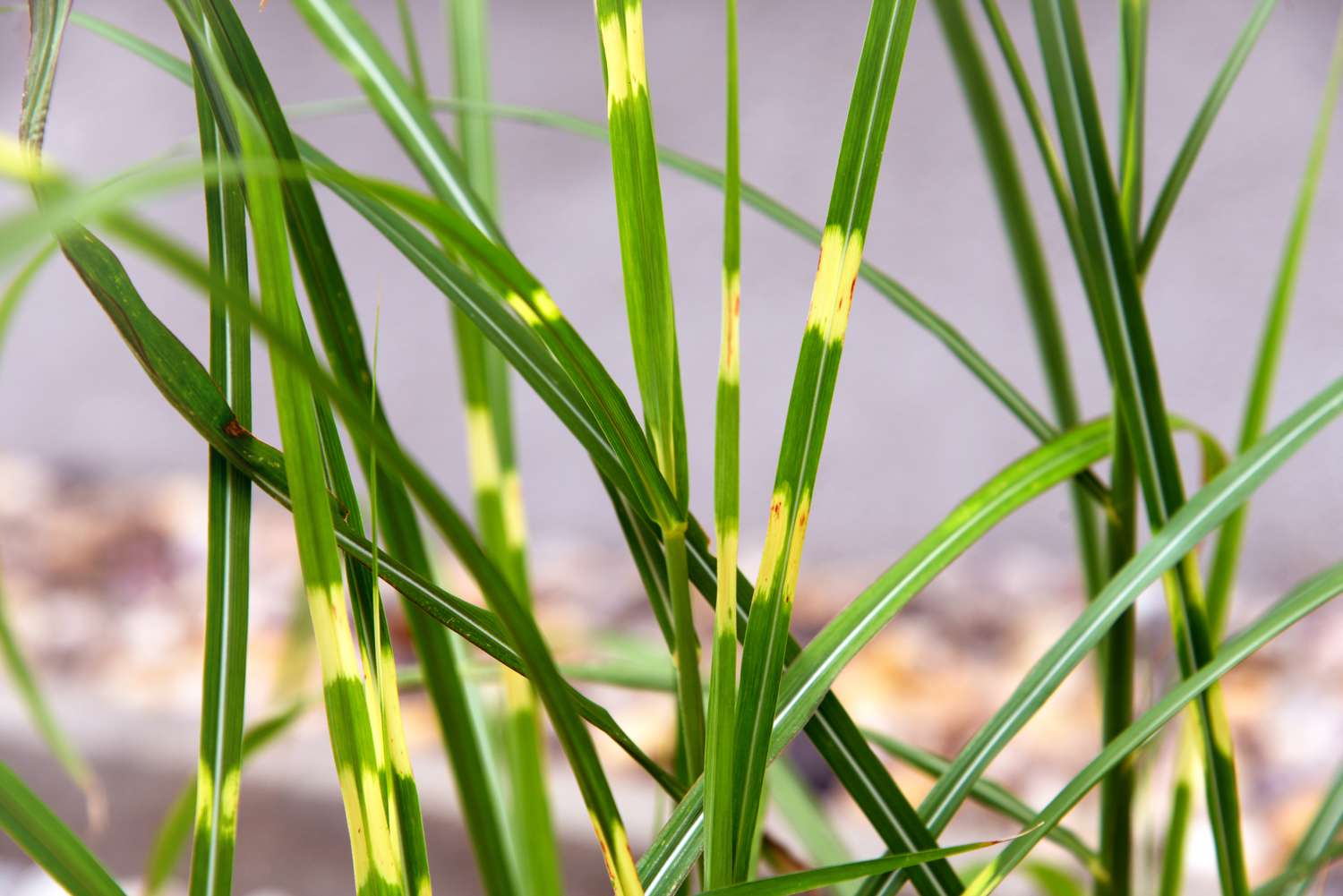
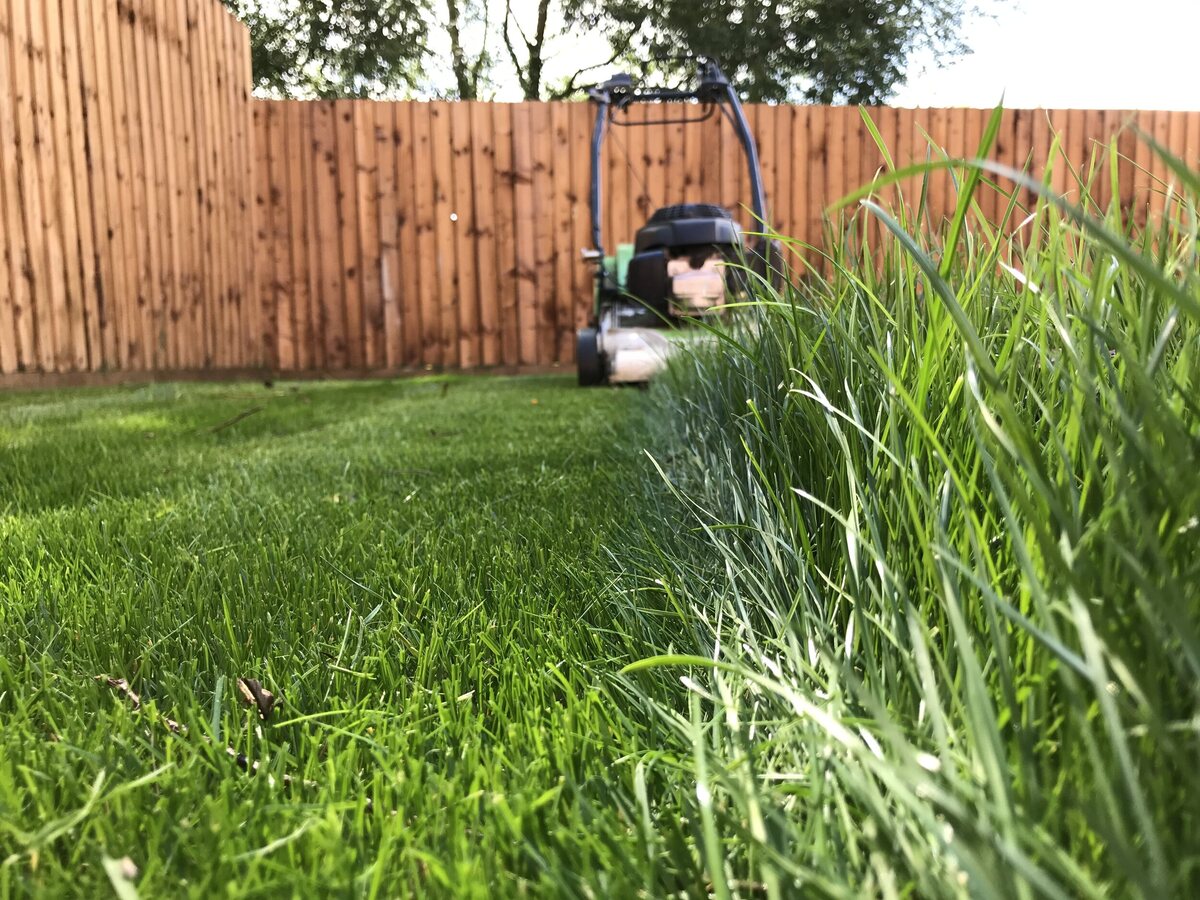
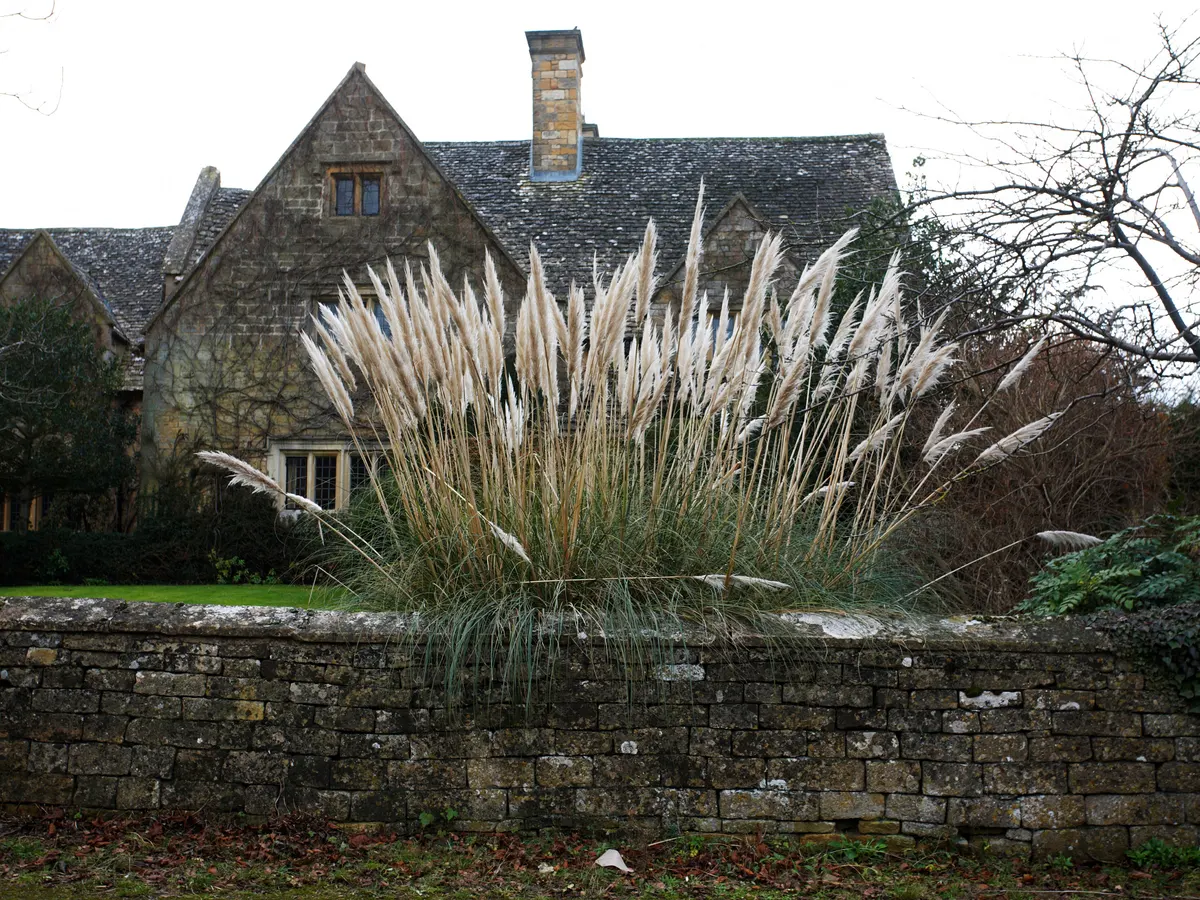
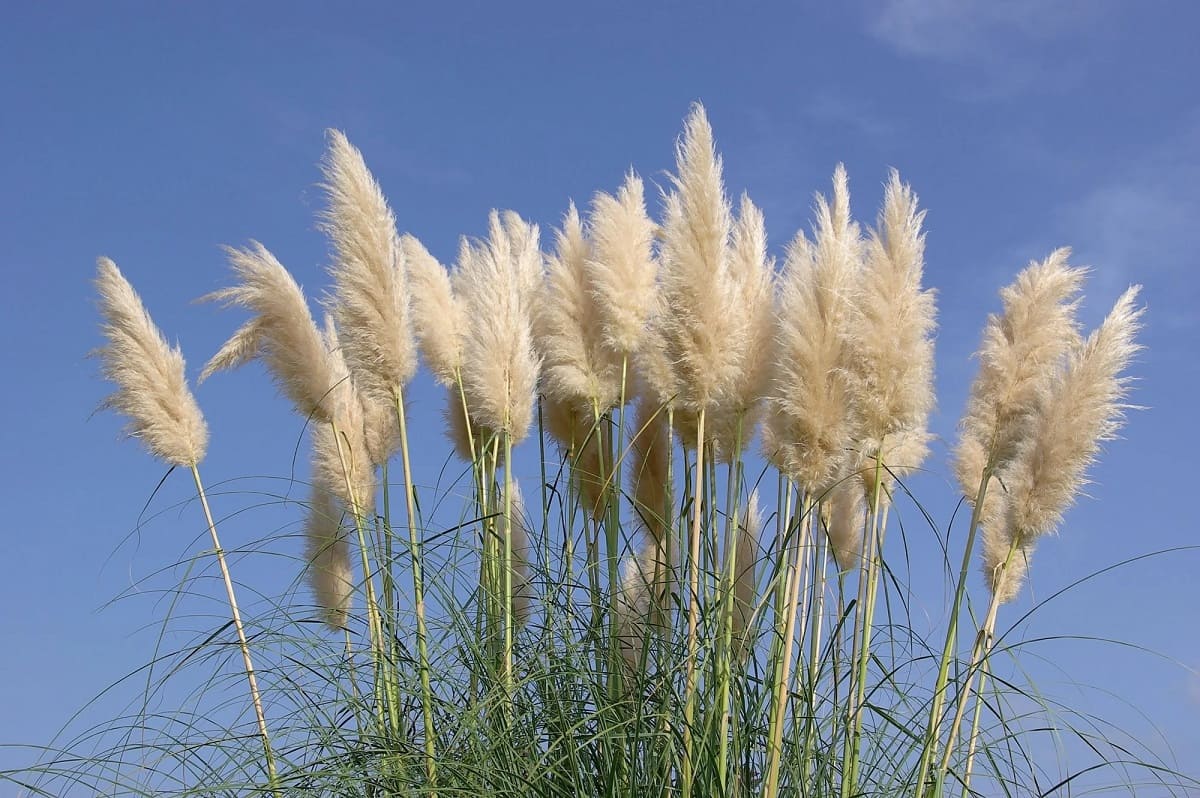
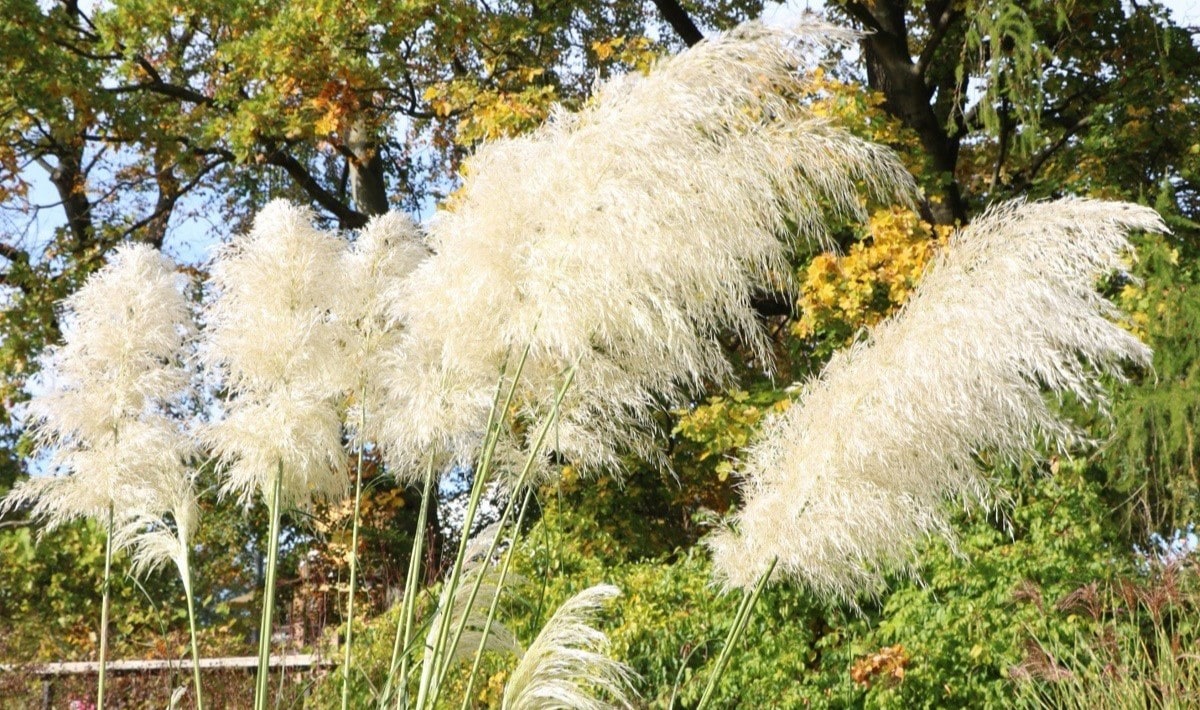
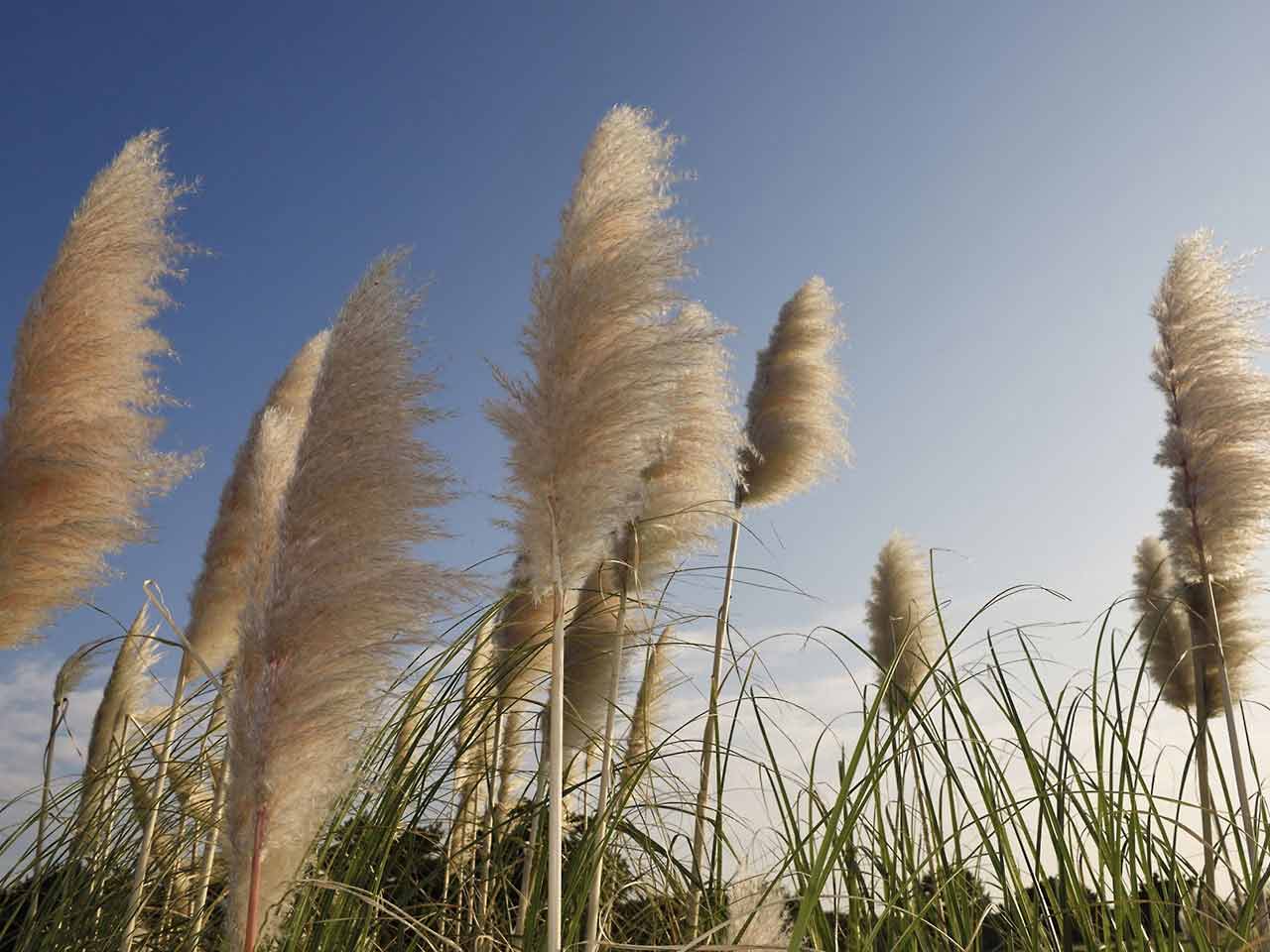
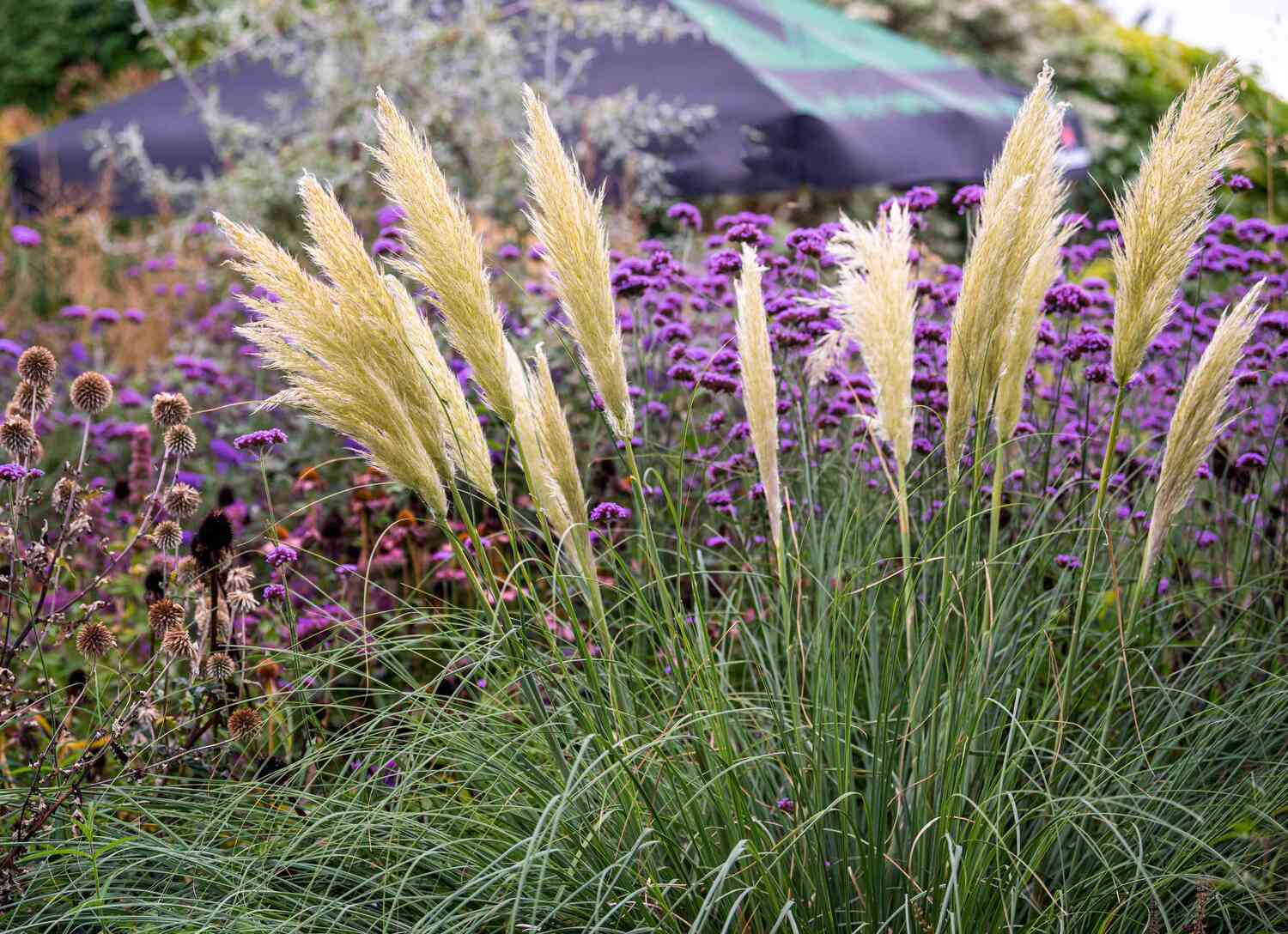
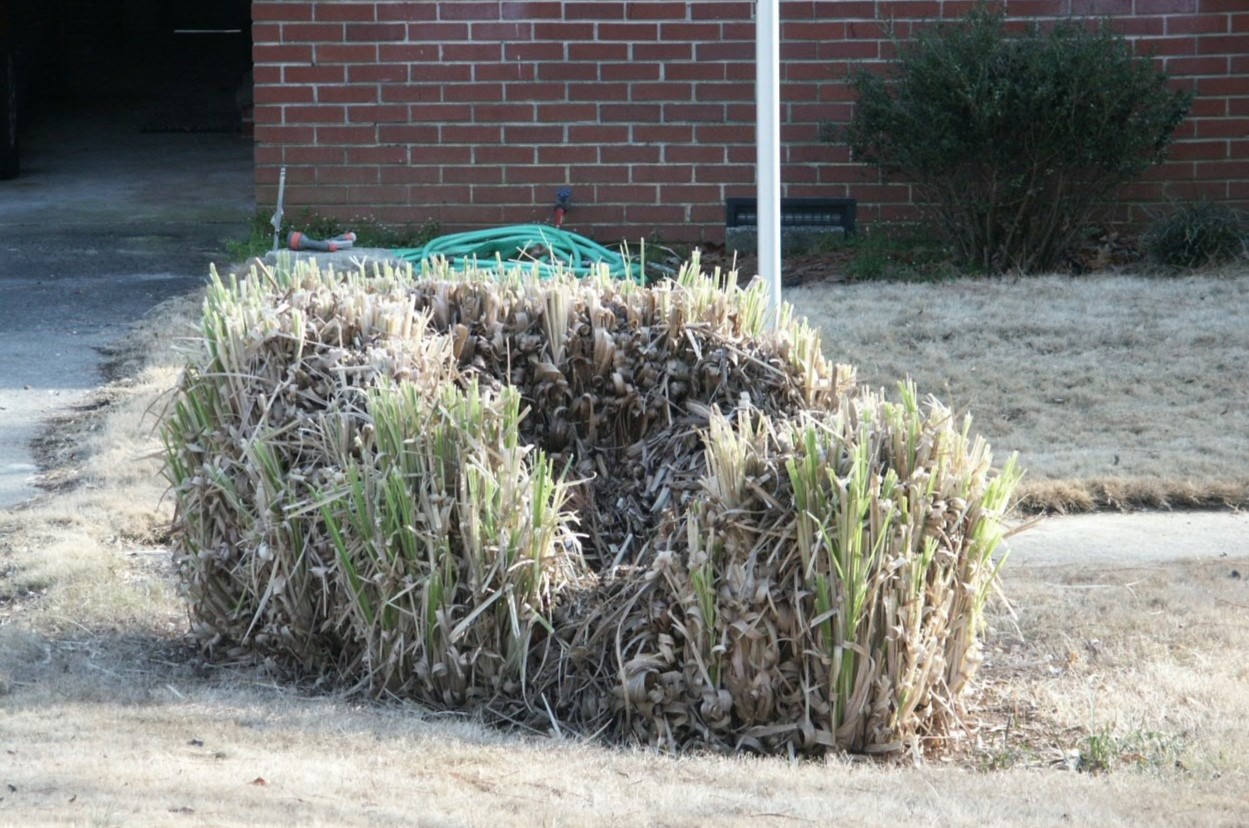

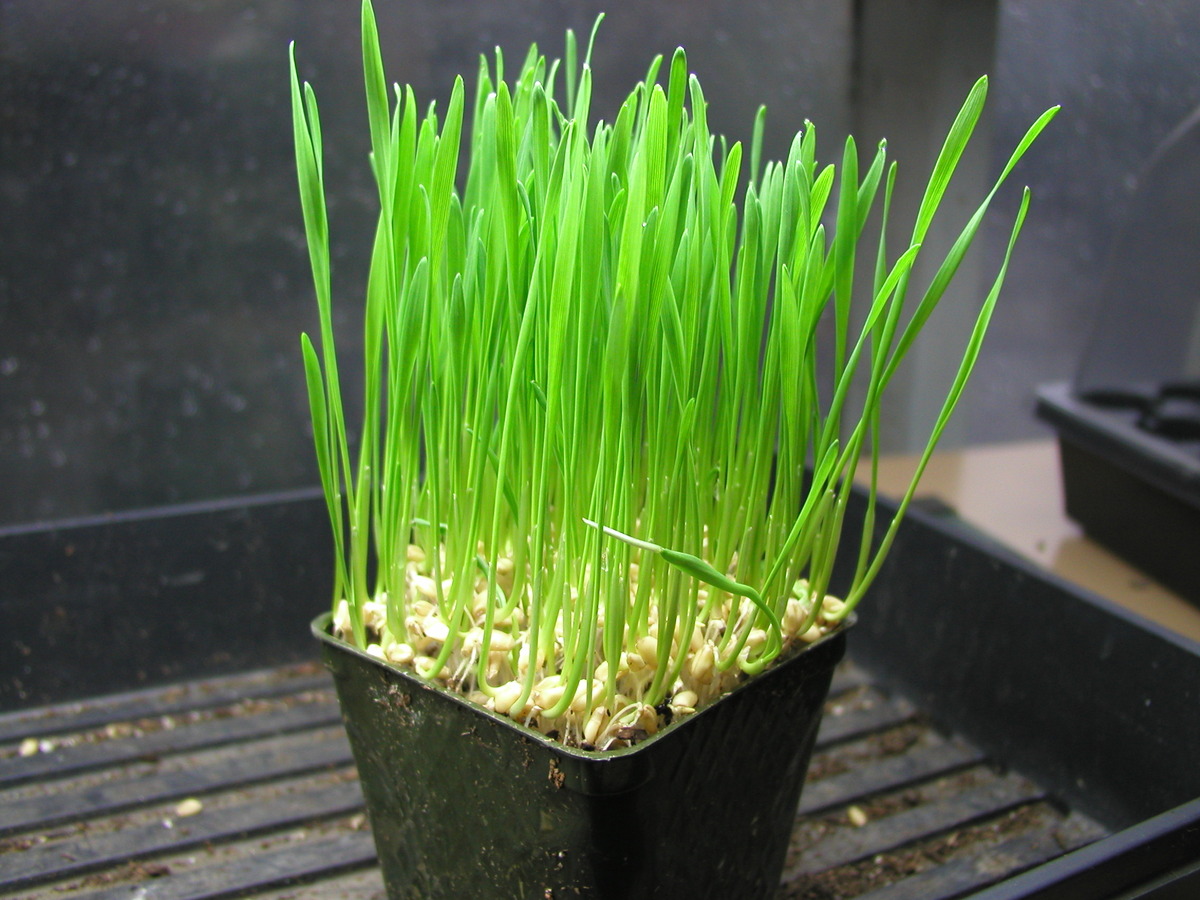
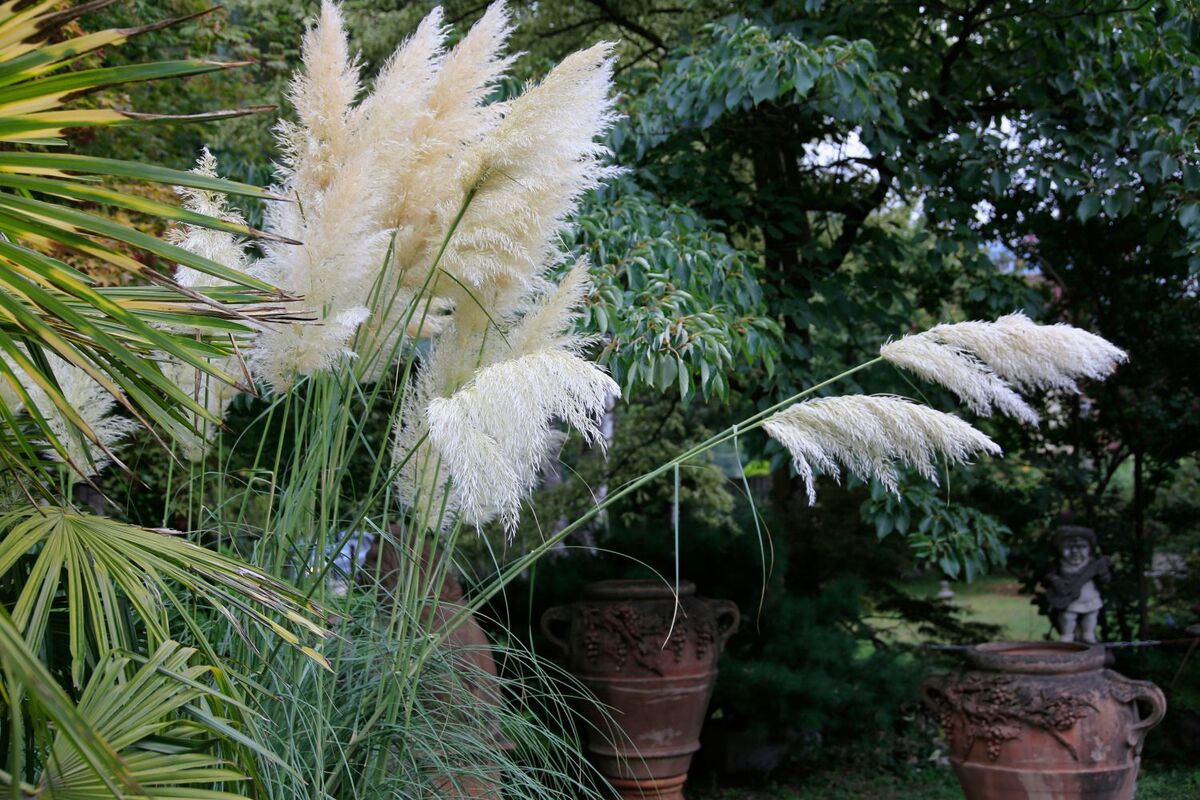
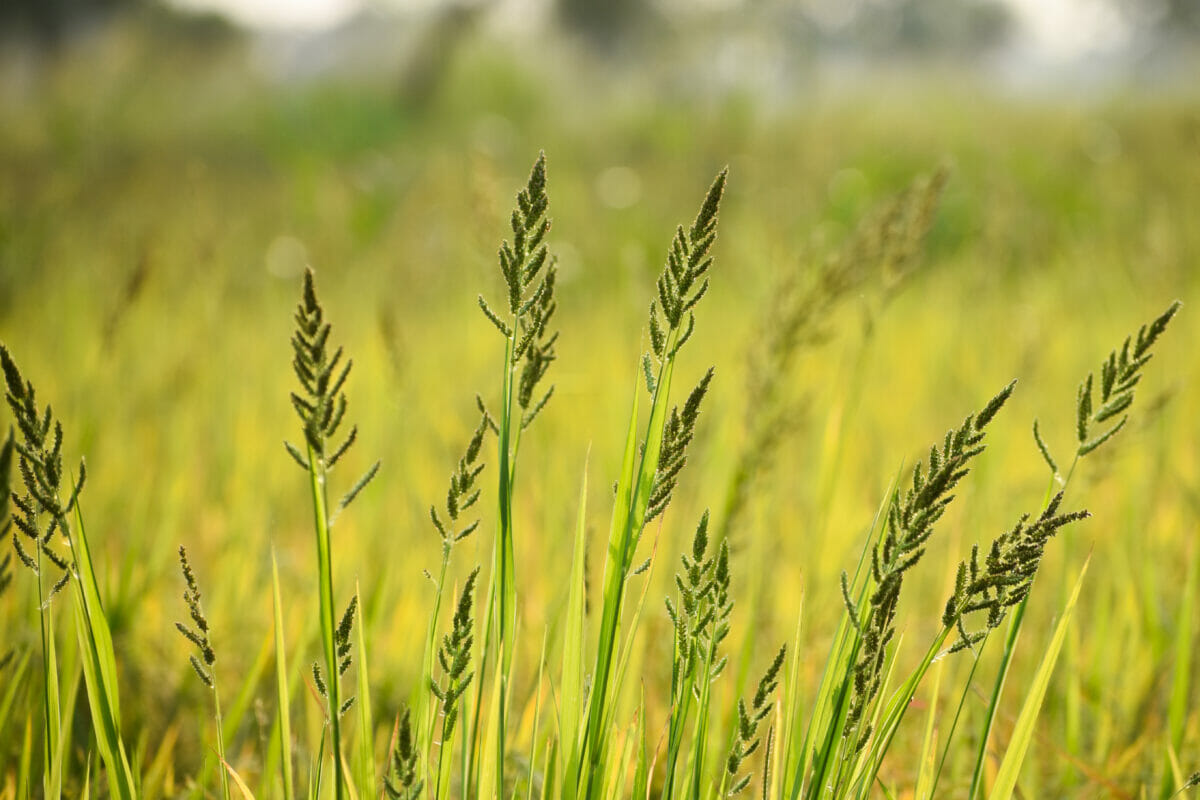
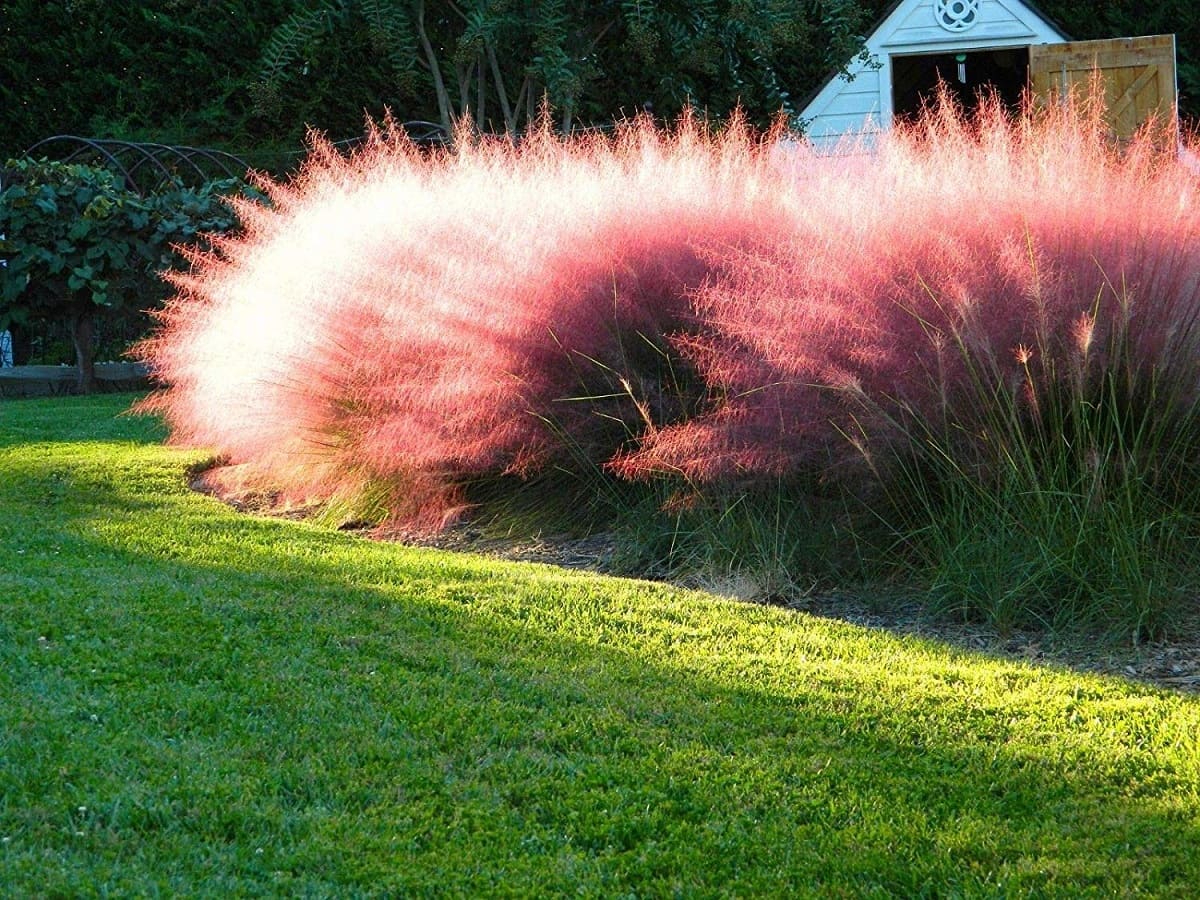


0 thoughts on “How Tall Does Pampas Grass Grow”